Compressed Natural Gas (CNG) is rapidly becoming a favored alternative fuel for transportation, particularly in the trucking industry. As a clean and efficient energy source, CNG offers numerous benefits, including reduced emissions and lower fuel costs. At CarMax Vehicle, we understand the importance of proper CNG tank management for semi-trailers. This guide provides a detailed, step-by-step approach to filling a CNG tank, ensuring safety, efficiency, and longevity of your fuel system.
Understanding CNG Tanks
Before delving into the filling process, it’s essential to understand the components and standards associated with CNG tanks.
What is a CNG Tank?
A CNG tank is a high-pressure container designed to store natural gas in its compressed form. These tanks are typically made from materials such as steel or composite fibers to withstand the extreme pressures required to keep the gas in a liquid-free state.
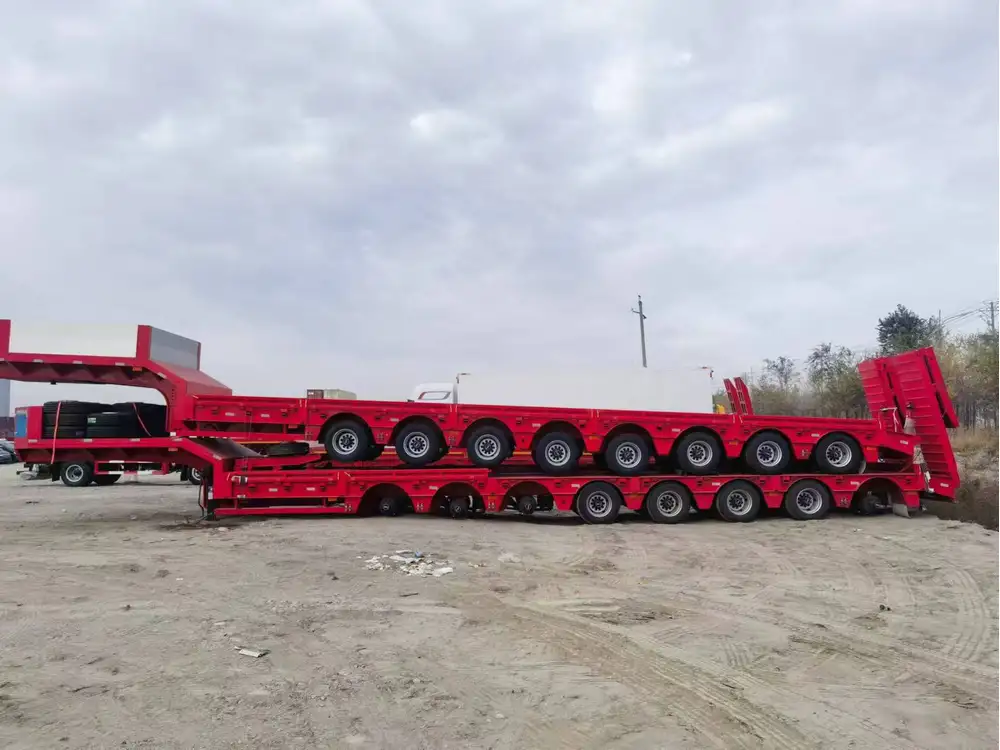
Safety Standards and Regulations
CNG tanks must adhere to stringent safety standards to ensure reliable performance. In the United States, the Department of Transportation (DOT) regulates CNG tank specifications, including pressure ratings, material quality, and testing procedures. Compliance with these standards is crucial for the safe operation of CNG-powered vehicles.
Types of CNG Tanks
| Type | Material | Pressure Rating | Typical Use |
|---|---|---|---|
| Type I | Steel | Up to 3,600 psi | Stationary applications |
| Type II | Steel with liners | Up to 3,600 psi | Automotive use |
| Type III | Composite fibers with aluminum liner | Up to 5,000 psi | High-performance vehicles |
| Type IV | Composite fibers with plastic liner | Up to 3,600 psi | Lightweight applications |
Understanding the type of CNG tank you possess is vital for selecting the appropriate filling procedures and equipment.
Step-by-Step Guide to Filling a CNG Tank
Filling a CNG tank requires meticulous attention to safety protocols and proper equipment usage. Follow these steps to ensure a safe and efficient filling process.

1. Safety Precautions
Safety is paramount when handling high-pressure gases. Before initiating the filling process, adhere to the following safety measures:
- Personal Protective Equipment (PPE): Wear safety goggles, gloves, and flame-resistant clothing.
- Ventilation: Ensure the filling area is well-ventilated to disperse any potential gas leaks.
- Fire Prevention: Eliminate sources of ignition, including open flames and electrical sparks.
- Emergency Procedures: Familiarize yourself with emergency shutdown procedures and locate fire extinguishers nearby.
2. Equipment Needed
Proper equipment ensures a smooth and safe filling process. Essential tools include:
- CNG Dispenser: A device specifically designed to compress and transfer natural gas into the tank.
- Pressure Gauge: Monitors the pressure levels during the filling process.
- Regulator: Controls the flow rate of the gas.
- Hose and Connector: Durable, high-pressure hoses compatible with your CNG tank’s fittings.
- Leak Detection Spray: Identifies any leaks in the connections.
3. Locating the CNG Filling Station
Selecting a reliable CNG filling station is crucial. Consider the following factors:
- Certification: Ensure the station complies with local and national safety standards.
- Proximity: Choose a station conveniently located along your transportation routes.
- Reputation: Opt for stations with positive reviews and a track record of safe operations.
- Services Offered: Some stations provide additional services such as refueling history tracking and maintenance checks.

4. Connecting the CNG Dispenser
Properly connecting the dispenser to the CNG tank prevents leaks and ensures accurate filling.
- Check the Connections: Inspect the hose and connectors for any signs of damage or wear.
- Attach the Hose: Connect the dispenser hose to the CNG tank’s filling valve, ensuring a secure and tight fit.
- Verify Seal Integrity: Apply leak detection spray around the connections. Bubbles indicate a leak, requiring immediate attention.
5. The Filling Process
Once connections are secure and safety checks are complete, proceed with the filling:
- Initialize the Dispenser: Turn on the CNG dispenser and set the desired pressure based on your tank’s specifications.
- Monitor Pressure Levels: Continuously observe the pressure gauge to prevent overfilling.
- Flow Rate Control: Adjust the regulator to maintain a steady and controlled flow of gas.
- Completion Detection: Many modern dispensers have automated systems to detect when the tank is full, shutting off the flow automatically.
- Final Pressure Check: Confirm that the tank has reached the intended pressure without exceeding the maximum rating.
6. Monitoring and Final Checks
After filling, perform the following steps to ensure the integrity of the CNG tank:
- Disconnect the Hose: Carefully remove the dispenser hose from the tank’s valve.
- Inspect for Leaks: Use leak detection spray around the valve post-filling to ensure no gas escapes.
- Secure the Valve: Close the tank’s valve tightly to prevent any potential leaks.
- Document the Fill: Record the amount of gas filled, pressure levels, and any observations during the process for maintenance and tracking purposes.

Best Practices for CNG Tank Maintenance
Proper maintenance of your CNG tank extends its lifespan and ensures ongoing safety and efficiency.
Regular Inspections
Conduct routine inspections to identify and address any signs of wear, corrosion, or damage. Focus on:
- Tank Surface: Check for dents, cracks, or other physical impairments.
- Valves and Connections: Ensure all components are secure and free from leaks.
- Pressure Gauges: Verify the accuracy and functionality of pressure monitoring devices.
Annual Testing
Annual hydrostatic testing is mandatory for CNG tanks to assess their structural integrity. This process involves:
- Pressure Testing: Subjecting the tank to pressures higher than its normal operating range to detect weaknesses.
- Visual Examination: Inspecting the tank’s interior and exterior for any signs of damage or degradation.
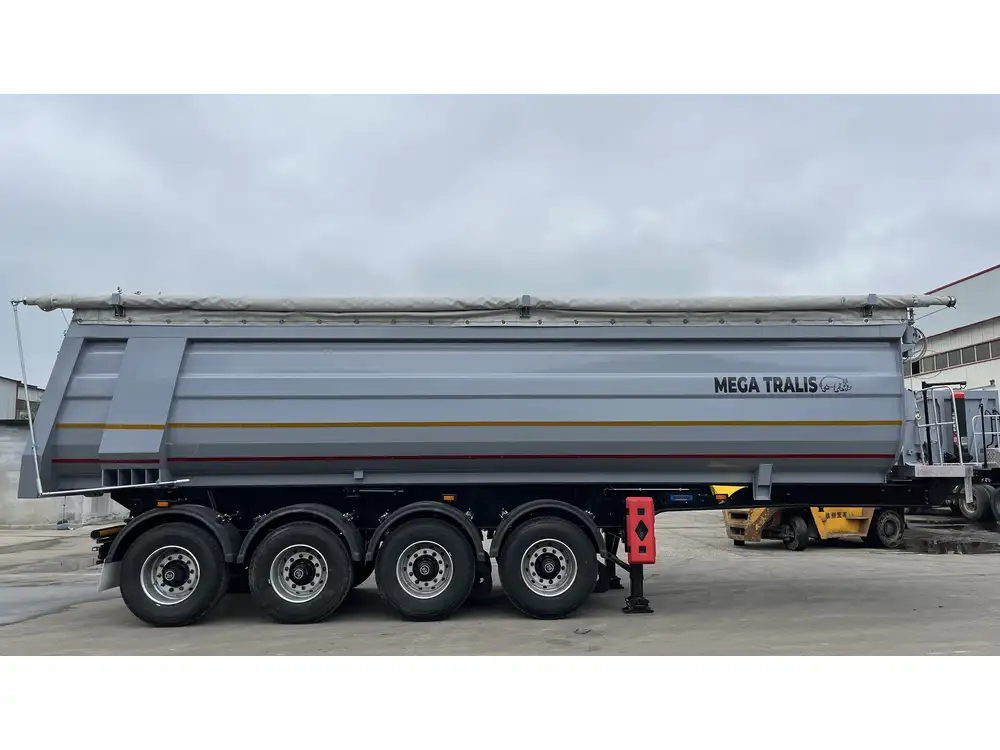
Cleaning and Storage
Proper cleaning and storage maintain the tank’s condition:
- Cleaning: Remove any dirt, debris, or contaminants from the tank’s exterior using appropriate cleaning agents.
- Storage: Store the tank in a dry, well-ventilated area away from direct sunlight and extreme temperatures.
Advantages of Choosing CarMax Trailer for CNG-Equipped Semi-Trailers
At CarMax Trailer, we specialize in manufacturing semi-trailers optimized for CNG use, ensuring our clients benefit from:
Superior Build Quality
Our semi-trailers are constructed with high-grade materials that meet stringent safety and performance standards, ensuring durability and reliability in demanding conditions.

Customizable Options
We offer customizable configurations to suit various transportation needs, including different tank sizes, mounting options, and integration with existing vehicle systems.
Advanced Safety Features
CarMax Trailers incorporate advanced safety features, such as automatic shut-off valves, pressure relief systems, and robust containment structures to minimize risks associated with high-pressure gas storage.
Efficient Fuel Management
Our trailers are equipped with state-of-the-art fuel management systems that monitor and optimize CNG usage, enhancing fuel efficiency and reducing operational costs.

Comprehensive Support and Maintenance
We provide ongoing support and maintenance services to ensure your CNG-powered semi-trailers remain in optimal condition, minimizing downtime and maximizing productivity.
Comparing CNG with Other Fuel Types for Semi-Trailers
Understanding the advantages and limitations of CNG compared to other fuel types helps in making informed decisions for your fleet.
| Fuel Type | Emissions | Energy Density | Refueling Time | Infrastructure |
|---|---|---|---|---|
| CNG | Low | Moderate | Longer | Growing |
| Diesel | High | High | Quick | Extensive |
| Electric | Zero | Low | Longer | Limited |
| Hydrogen | Zero | High | Comparable | Emerging |
Environmental Impact
CNG significantly reduces greenhouse gas emissions compared to diesel, making it an environmentally friendly alternative that aligns with sustainable transportation goals.
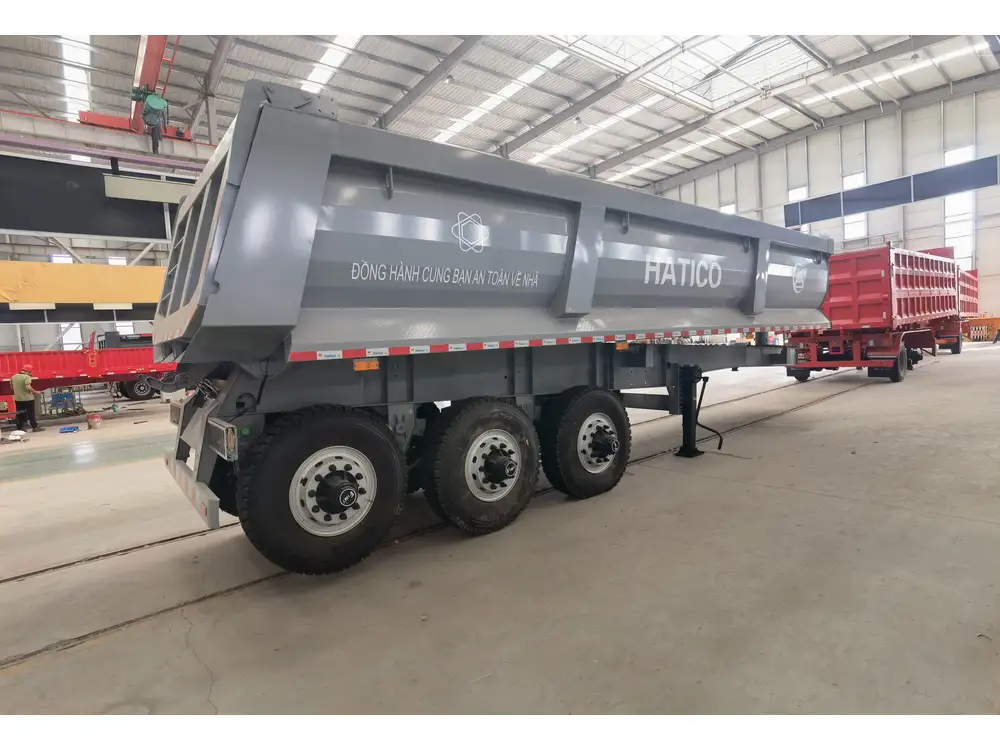
Cost Efficiency
While the initial investment in CNG infrastructure may be higher, the lower fuel costs and reduced maintenance expenses offer long-term financial benefits.
Performance and Range
CNG-powered semi-trailers offer comparable performance and range to their diesel counterparts, ensuring they meet the demands of long-haul transportation without compromises.
Future of CNG in the Transportation Industry
The adoption of CNG is poised to grow as the industry seeks greener and more sustainable alternatives. Key trends include:
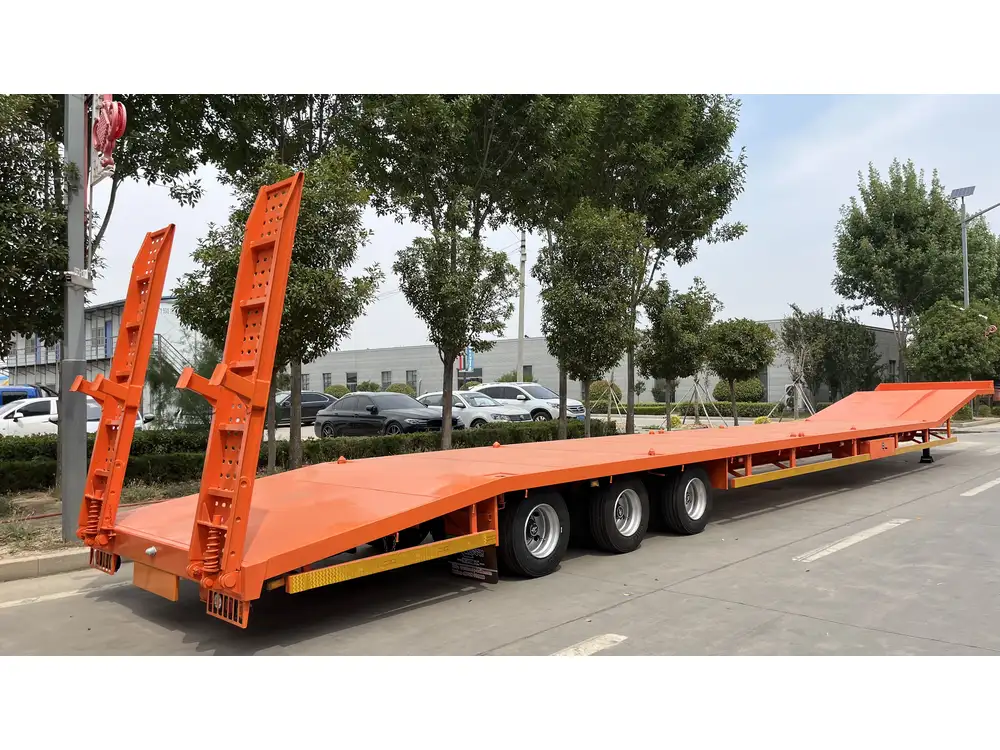
Technological Advancements
Innovations in CNG storage, refueling technologies, and fuel management systems are enhancing the efficiency and practicality of CNG-powered vehicles.
Policy Support
Government incentives and regulations promoting clean energy are driving the shift towards CNG, providing financial incentives for fleet operators to adopt this fuel type.
Infrastructure Expansion
Investment in CNG refueling infrastructure is increasing, making it more accessible for transportation companies and facilitating broader adoption.

Integration with Renewable Energy
CNG production using renewable sources, such as biomethane, is emerging, further reducing the carbon footprint and enhancing the sustainability of this fuel option.
Conclusion
Filling a CNG tank is a straightforward process when approached with the right knowledge and safety protocols. At CarMax Trailer, we are committed to providing top-quality CNG-equipped semi-trailers and comprehensive guidance to ensure our clients operate safely and efficiently. By understanding the intricacies of CNG tank management and adhering to best practices, fleet operators can harness the benefits of this clean and cost-effective fuel, contributing to a more sustainable future in transportation.
Frequently Asked Questions
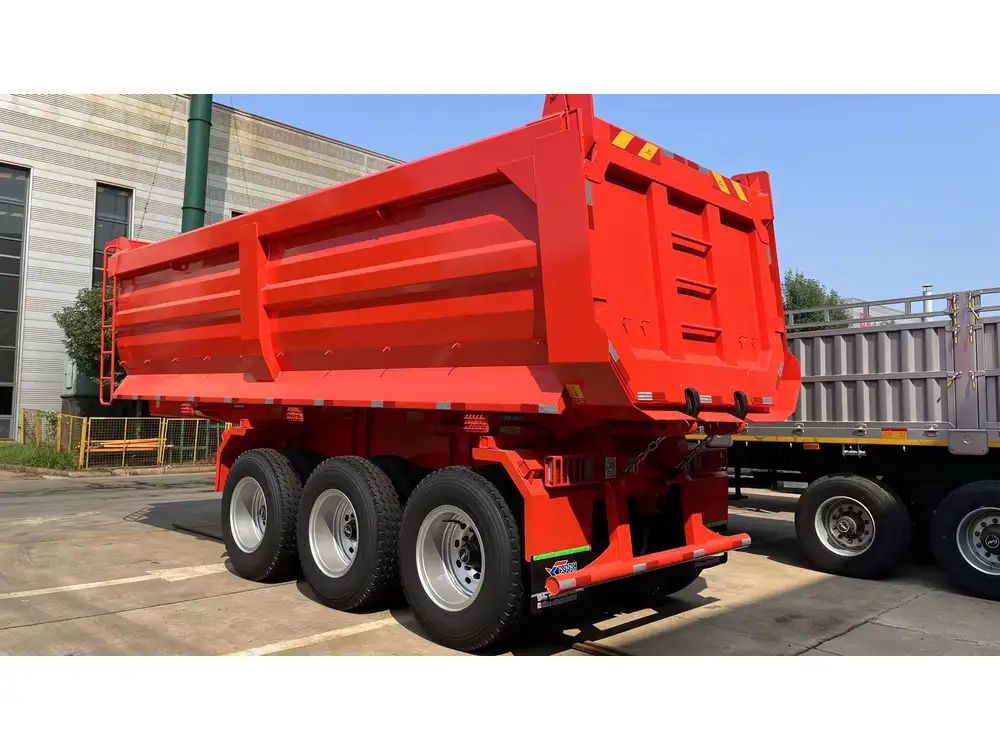
1. How often should a CNG tank be inspected?
CNG tanks should undergo regular inspections, including annual hydrostatic testing, to ensure their integrity and safety. Additionally, routine visual inspections are recommended before each fueling to detect any immediate issues.
2. Can I convert a diesel semi-trailer to run on CNG?
Yes, converting a diesel semi-trailer to CNG is possible, but it requires significant modifications, including installing CNG tanks, fuel lines, and compatible engines. It’s advisable to work with professionals and choose manufacturers like CarMax Trailer who specialize in CNG integrations.
3. What are the main safety concerns when handling CNG?
The primary safety concerns include preventing gas leaks, avoiding ignition sources, and ensuring proper ventilation. Adhering to safety protocols and using certified equipment minimizes these risks.

4. How long does it take to fill a CNG tank compared to a diesel tank?
Filling a CNG tank generally takes longer than refueling a diesel tank due to the high-pressure compression process. While diesel refueling can be completed in minutes, CNG filling may take 10-30 minutes depending on the tank size and dispenser capacity.
5. What maintenance is required for CNG fueling equipment?
CNG fueling equipment requires regular maintenance, including checking for leaks, inspecting hoses and connections, calibrating pressure gauges, and ensuring the functionality of safety valves. Routine maintenance ensures reliable and safe fueling operations.



